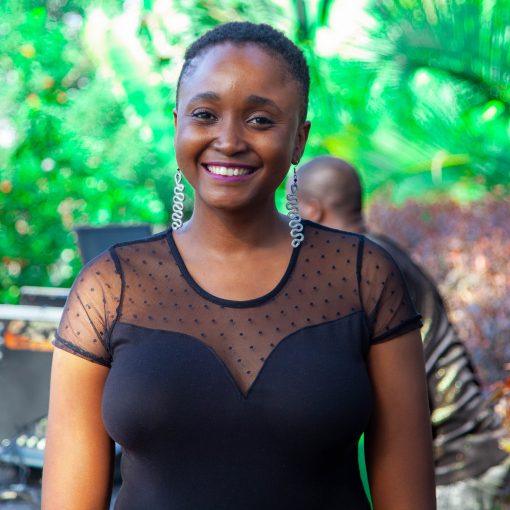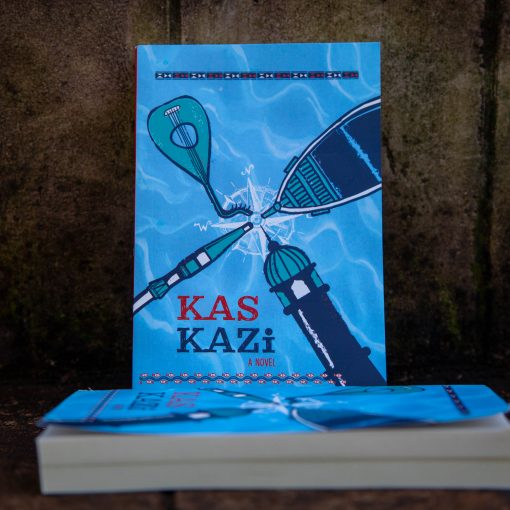The AWT Publishing Fellowship Programme `Mentoring and Training workshop’ took place from 8th to 13th March 2020. This second edition was tailored for a diverse group of emerging publishers, self-publishing authors and those who intend to self-publish. 11 Fellows were drawn from Botswana, Malawi, Mozambique, Zimbabwe, Zambia and Uganda.
The workshop consisted of a variety of sessions, which aimed at equipping the Fellows with knowledge of the whole publishing process, and the entire Life cycle of the Book i.e. Book Creation (writing and Editing), Book publishing (What a publisher does), Book Production (cover design, Layout, printing, etc.), Book Reception (Marketing, Promotion, Selling) and Legal Aspects surrounding book publishing (Licensing, promotion, copyrights, contracts, etc.)
The lead facilitator, Otieno Owino completed a MLitt (with Distinction) in Publishing Studies from University of Stirling, UK, as a commonwealth scholar. He was the Junior Editor of Safe House: Explorations in Creative Nonfiction (2016), an anthology put together by Commonwealth Writers, where he worked with renowned editor Ellah P. Wakatama. Otieno is a 2014 alumni of the African Writer’s Trust Editorial Training workshop. He currently works as a Sub Editor with Star newspaper, in Nairobi.

Otieno started off the day by introducing the Art of Perspective. There’s no limitation to what a writer can do with his/her imagination but the first thing a writer must know is whether to write fiction or non-fiction. If a writer chooses fiction, the writer can focus on any one of the following genres: Literary fiction; Speculative/fantasy/magical realism/Afro-futurism [African-futurism]; Historical fiction. If they choose to write non-fiction, in which case they have a choice of the following: memoir and autobiography, travel reportage, life writing.
A writer should be able to inhabit the genre that they have chosen for themselves.
For a story, there has to be a person to take charge of the story being written. That someone is the narrator. As a character, a narrator comes with everything you create for them, for example; age, profession, likes, dislikes, tone of voice, language, and upbringing. A writer is tasked with profiling their narrator and giving them a back story.
The Fellows were advised to make the character different from who they are. Goretti Kyomuhendo, AWT Director spoke about how she creates her characters by making them the opposite of who she is as a person.
Knowing your character well, helps you to write about them better. As a writer, you control exactly what your reader gets to find out about the world you’re putting them into. In choosing point of view, the writer has to decide who is telling this story – what they can see, feel and know. As a writer, you determine what information to release and when.
You have to make a choice over what point of view you’re using. Be clear why you are adopting a specific point of view and be consistent about it. The trainers stressed that Consistency is Key. The writer gets to decide if he/she is using any of these point of views: First person; Second person; Third person (omniscient).
“Every, narrator becomes the story and the story becomes him. It is only and always his story. This is what we mean when we say the story is from ‘Christopher’s perspective’. We mean that what really happened to other characters, especially … in fiction, is Christopher’s unique construction, filtered and shaped by his experience, sensibility, and facility with language and insight.”
This quote by Christopher Castellani, novelist and the author of The Art of Perspective reinforces what Otieno emphasized on the topic.
The session ended with the Fellows being tasked to write a synopsis for their work and thereafter reading it out loud for all to hear and critique.




